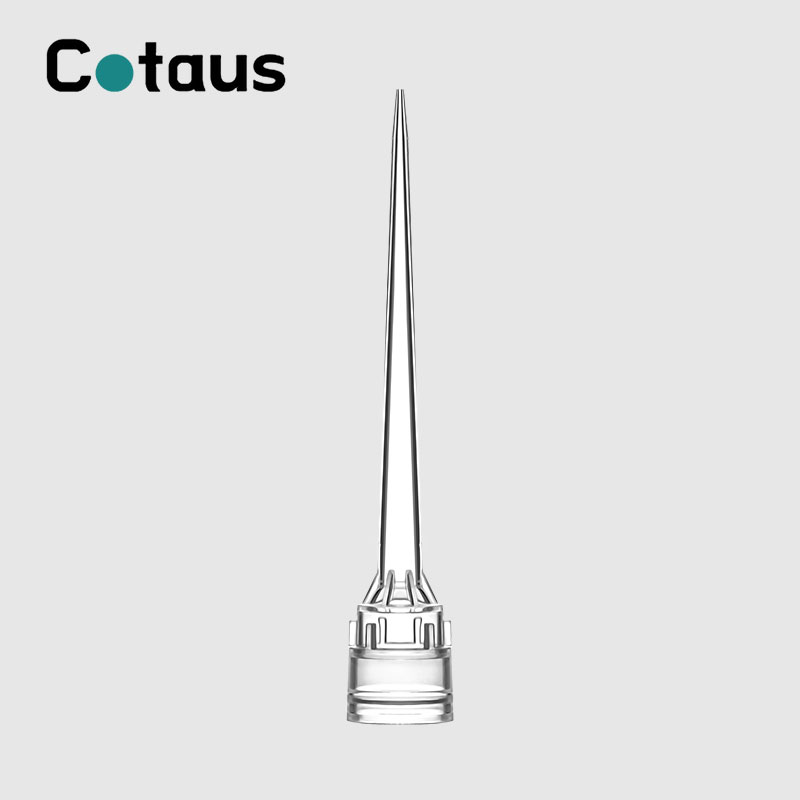What are the best pipette tips for PCR?
2024-01-18
For PCR (Polymerase Chain Reaction) applications, it's crucial to use pipette tips that are designed to minimize the risk of contamination and ensure accurate and precise liquid handling. Here are some considerations for selecting the best pipette tips for PCR:

1. Filter Tips:
- Choose filter tips for PCR applications. Filter tips have a barrier (usually made of hydrophobic material) that prevents liquid from reaching the pipette shaft, reducing the risk of cross-contamination between samples.
2. Low-Retention Tips:
- Opt for low-retention tips to minimize sample retention on the inner surface of the pipette tip. This helps ensure that the entire PCR sample is transferred to the reaction vessel, improving accuracy and reducing the risk of carryover contamination.
3. Sterile Tips:
- Use sterile pipette tips to maintain aseptic conditions during PCR setup. Sterile tips help prevent the introduction of contaminants that could interfere with PCR reactions.
4. RNase, DNase, and Endotoxin-Free Tips:
- Ensure that the pipette tips are certified as RNase, DNase, and endotoxin-free to prevent the introduction of nucleases and other contaminants that could degrade or inhibit the PCR reaction.
5. PCR-Quality Tips:
- Some manufacturers provide pipette tips specifically labeled as "PCR-Quality" or "PCR Clean." These tips undergo additional quality control measures to ensure they meet the standards required for PCR applications.
6. Universal Fit:
- Choose pipette tips that are universally compatible with a variety of pipette brands and models. This ensures flexibility and convenience in the laboratory, especially if different pipettes are used for PCR setup.
7. Color Options:
- Some laboratories prefer pipette tips with color-coded options for easy identification and differentiation between tip sizes or specific applications. Color-coded tips can help reduce the risk of using the wrong tip size.
8. Robotic Pipetting Compatibility:
- If automated systems or robotics are used for PCR setup, ensure that the chosen pipette tips are compatible with the specific automation equipment being employed.
9. Pre-Sterilized Racks:
- Consider using pre-sterilized racks of pipette tips to further ensure the cleanliness and sterility of the tips. This is particularly important for sensitive PCR applications.
10. Certification and Quality Assurance:
- Choose pipette tips from reputable manufacturers with a focus on quality assurance. Look for certifications or validations that confirm the suitability of the tips for PCR applications.
Always follow the recommendations and guidelines provided by the pipette and pipette tip manufacturers to ensure proper usage and performance. Regularly change tips between samples to prevent cross-contamination, and handle all materials in a clean and controlled environment to maintain the integrity of PCR reactions.


